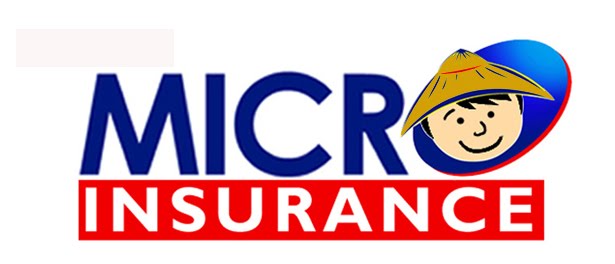Business Mirror
TUESDAY, 09 NOVEMBER 2010 21:13 JUN VALLECERA / REPORTER
THE domestic micro-insurance sector at this time is only about a P200-million area in risk coverage, but the group of insurers and reinsurers sees a huge potential, estimating that premium payments of P20 billion a year is a reasonable expectation within a few years.
Philippine Insurers and Reinsurers Association (Pira) chairman Mitch F. Rellosa made the projection at the opening on Tuesday of the three-day 6th International Micro Insurance Conference summit aimed at identifying industry challenges and offering possible solutions.
Key figures in micro insurance at the global level acknowledged the topnotch performance of the Philippines in this area, but local industry leaders acknowledged that the country’s insurance-penetration rate at less than 14 percent of the population is one of the lowest in the region.
Nevertheless, Rellosa argued that while some 40 million of the estimated 92 million Filipinos can hardly afford to pay the price of a risk cover, the market for micro insurance “is without doubt very promising. . . .There is even an estimate that the micro-insurance market for the Philippines alone is worth at least P20 billion a year. That’s a huge market if you ask me.”
Joselito S. Almario, deputy executive director of the National Credit Council and Finance department assistant secretary, pointed out there already are more or less 7 million Filipino micro-insurance clients, each with a potential to recruit five more.
At the press meeting, Almario said the largest domestic challenges are overcoming the insurance “literacy black hole”
that holds back the advance of microrisk coverage, the relative incapacity of quite a number of Filipinos to pay the cost of a risk cover, and the attitude that such cover is a nonessential and that they would rather get a mobile phone and other gadgets.
that holds back the advance of microrisk coverage, the relative incapacity of quite a number of Filipinos to pay the cost of a risk cover, and the attitude that such cover is a nonessential and that they would rather get a mobile phone and other gadgets.
On this issue, Craig Churchill of the International Labor Office said one also has to consider the demand side of the equation and tailor-fit a micro-insurance product that perfectly matches the requirements of poor people not just in the Philippines but everywhere else.
Antonio Malagardis, program director of the micro-insurance project in the Philippines under the auspices of Germany’s Gesellschaft fur Technische Zusammenarbeit, or GTZ, looks forward to seeing the country excel in its pursuit of a micro-insurance program and become its premier example.
He said the Philippines is considered the third most active and successful disciple of micro insurance, no matter that it still has a long way to go to really get the sector moving at its potential stride.
Thomas Losterm, chairman of the Munich Re Foundation, which helps underwrite government’s micro-insurance programs, noted that the Philippines has an “almost perfect environment for the development of micro insurance.”







